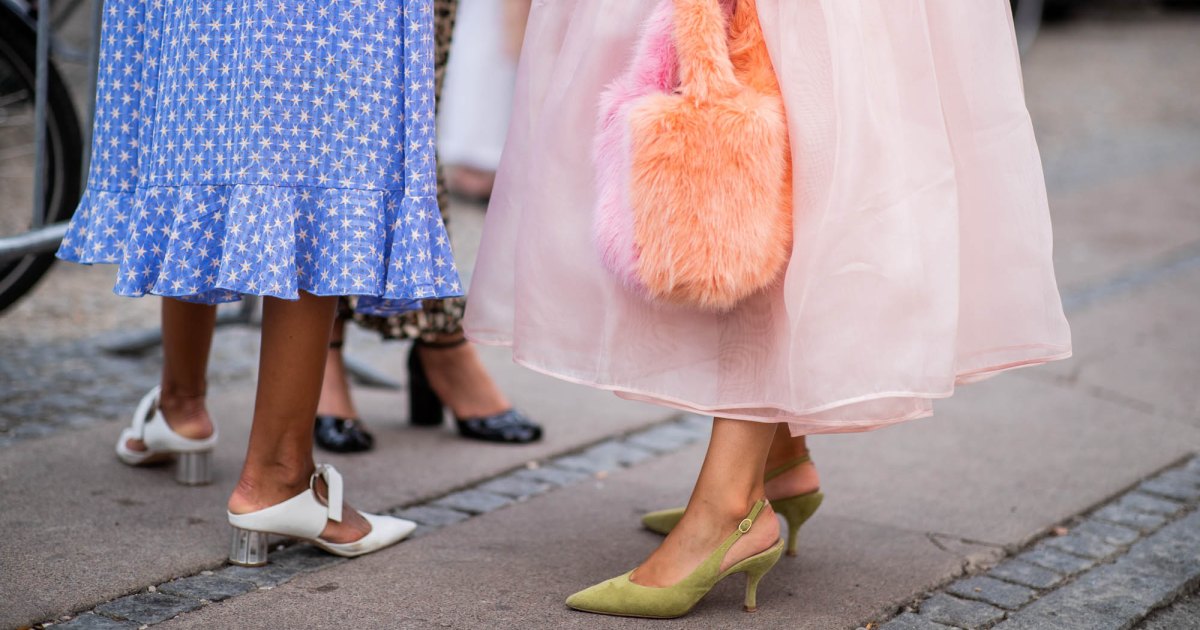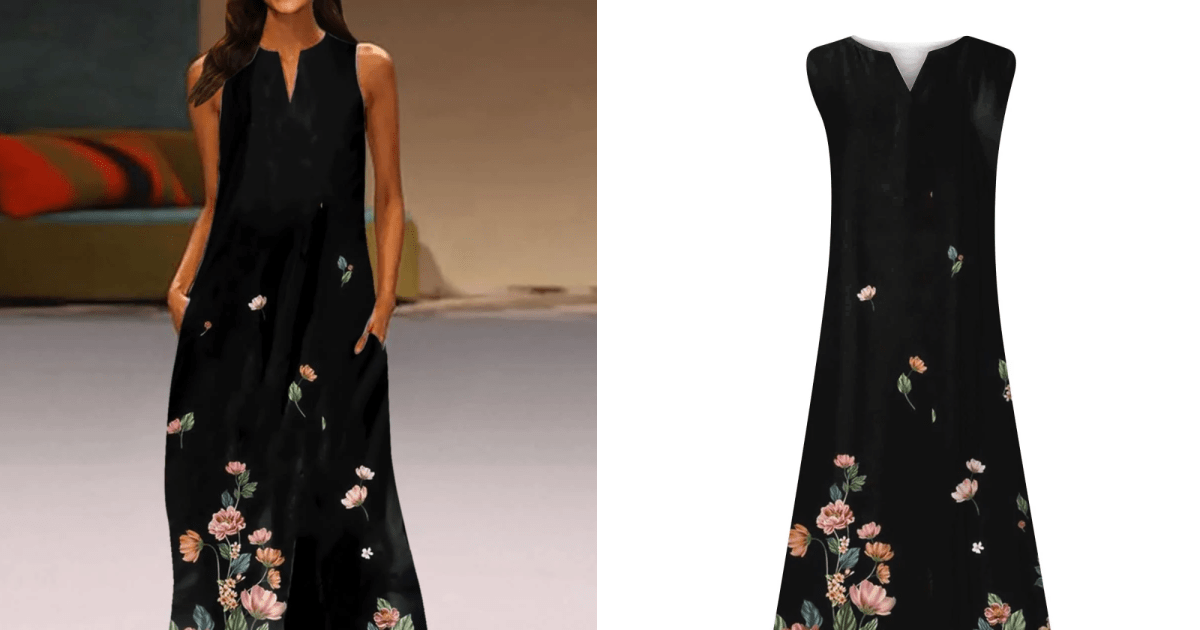Fashion
Has the Luxury E-Commerce Bubble Burst?

Rosh Mahtani, the founder of the jewelry brand Alighieri, is celebrating the 10th anniversary of her company this year. Her handmade gold-plated pieces, inspired by Dante’s “Divine Comedy,” made her a winner of the Queen Elizabeth II Award for British Design and a mainstay of luxury e-commerce vendors.
During Paris Fashion Week last month, buyers came to her showroom to select stock for the upcoming season, including MatchesFashion, a leading multibrand fashion retailer that is responsible for about half a million pounds, or $630,000, of Alighieri’s projected revenues. But there was a problem.
“They had owed me 70,000 pounds [about $88,000] in unpaid invoices since October and had been asking for discounts on those bills,” Ms. Mahtani said last week. It made her uneasy, even if such bargaining was increasingly commonplace for independent brands like hers. Still, she said, she wasn’t quaking in her boots.
“The team made a selection, and we talked about a capsule collection for the summer,” she said. “I don’t think any of us had a sense of what would come next.”
Days later, MatchesFashion was put into administration (the British term for bankruptcy). Its owner, Frasers Group, which bought the company in December for about 52 million pounds, or $66 million, now said the operation was not commercially viable. Overnight, almost half of the staff was fired from a company that had been valued at $1 billion when it was sold to Apax Partners in 2017. Today, 200 brands are owed money and cannot access unsold inventory, and a furious customer base rages online about accessing orders or making returns.
The implosion of MatchesFashion was the latest messy reckoning for companies that sell luxury goods online. Once the darlings of investors, many are in financial free fall. In December, Farfetch, a onetime e-commerce powerhouse for independent boutiques and beloved by the luxury heavyweights whose websites it powered, staved off bankruptcy thanks to an 11th hour acquisition by the South Korean e-commerce group Coupang and a $500 million bridge loan. (In 2021, Farfetch had a valuation of $40 billion.)
José Neves, the Farfetch founder, stepped down as chief executive in February amid a slew of lawsuits brought by shareholders. The future of Yoox Net-a-Porter also hangs in the balance after a failed deal between Richemont, its parent group, and Farfetch last year. Richemont, which listed Net-a-Porter under “discontinued operations” in its most recent earnings report and has taken almost billions of euros in write-downs on the company, has said it is looking for a buyer and will not invest further cash. Richemont, Farfetch and MatchesFashion all declined to comment for this article.
For much of the last decade, luxury e-commerce was heralded as the smart way to shop, offering hyped brands, exclusive products, free returns and 90-minute delivery services at the swipe of a button. Brick-and-mortar stores would surely crumble. The future lay in clicking Add to Basket, be it for fashion with a price tag of $50 or $50,000.
During the first years of the pandemic, consumers splurged through such websites. More recently, questionable management choices, a volatile global economy and soaring luxury prices — and with big brands heavily investing in their own digital operations — constricted retailers’ ability to stand out in a competitive market, let alone make a profit.
“In the end, what cannot stand will fall, and online players need to have lower and more practical ambitions,” said Luca Solca, a luxury analyst at Bernstein. “Matches is bankrupt, Farfetch spent money like there was no tomorrow on debatable acquisitions, and Net-a-Porter is obsolete. Any dreams of becoming an Uber for luxury distribution has turned into a nightmare and has proved impossible to realize.”
A Fashion Doom Scroll
Multibrand e-commerce emerged at a time when the global luxury market was being upended by a move away from exclusivity toward ubiquity. The novelty and excitement of being able to browse and buy beautiful things that will soon arrive at your door held allure for a consumer accustomed to the immediate gratification of the internet age.
But a curious thing about online luxury e-commerce was how many players adopted a model that was broken, something reflected in the much publicized woes of department stores in the United States. After the pandemic boom, many overstocked and were left with mountains of unsold inventory. They subsequently resorted to aggressive promotions and discounting. This pushed heavyweight brands to seek more control over their e-commerce and distribution. As competition grew fiercer, the multibrand vendors sought to find a point of difference by spending more on … well, more.
More brands and more products in more geographical regions. More sales. Beyond the eye-watering spending required to build the infrastructure to ship all those orders — and process all those free returns — it was a model that undercut much of what had appealed to consumers in the first place.
“Lots of consumers came to these sites because they wanted a quick and clever edit of pieces and instant access,” said Fiona Harkin, the director of foresight at the Future Laboratory consultancy. “In the end, and especially with the advent of mobile commerce, dozens upon dozens of pages of product that could probably be found elsewhere would turn into an unfulfilling fashion doom scroll.”
These challenges coincided with a general softening of the luxury market and dovetailed with many e-tailers’ exposure to aspirational middle-class consumers who had seen their discretionary spending curtailed by inflation and the skyward trajectory of luxury pricing. Mr. Solca estimated in 2023 that the top 5 percent of luxury clients accounted for more than 40 percent of sales, including at luxury e-tailers. In other words, an even more fickle and demanding customer to court.
Some players tried to broaden their business strategies with pricey acquisitions. Farfetch owns the British luxury store Browns; the Italian incubator New Guards Group, which licenses Off-White and the beauty retailer Violet Grey, is currently in talks to sell those assets. The emergence of resale led customers to buy products secondhand not long after they had been available for full price.
“The cost of successful digital marketing and customer acquisition spiraled higher and higher, and investors were less and less willing to front the costs,” said the luxury consultant Robert Burke. He noted that some companies, like MyTheresa, had fared better than others. He cautioned, however, that the last three months had brought a painful reset that had been a long time coming.
“We are about to see a major evolution in luxury e-commerce — or perhaps a better word would be correction,” Mr. Burke said. “Overall, online sales for luxury fashion went up last year. This isn’t a shrinking market. What is changing is who is getting slices of the pie.”
The Brink of Going Bust
For J.J. Martin, the founder of lifestyle label La Double J, the reason she had a ready-to-wear business at all was because of the MatchesFashion founder, Ruth Chapman, who started stocking La Double J in 2016.
“At the time, everyone looked at Matches to figure out what to buy because Ruth had the best eye, nose and ear on the ground,” Ms. Martin said last week. “When she picked me up, that was my big break. They didn’t have every brand, only the coolest brands. That was these sites’ biggest asset before they started stocking seven variations of the same thing.”
Ms. Martin is owed money for a resort collection she shipped last fall, though she declined to disclose how much. Dozens of brands contacted by The New York Times for this article, many of whom had already shipped spring collections for 2024, were similarly mum. Anissa Kermiche, beloved by fashion savants for her ceramic Love Handles vases shaped like a female hips and bottom, as well as her jewelry and home wares, was more upfront. She was out by 50,000 pounds, or $63,000, for stock delivered after Christmas.
“I don’t have any hope that I’ll get this money back,” Ms. Kermiche said. “It’s a lot, but others are owed so much more and are on the brink of going bust themselves.”
Poppy Sexton-Wainwright of the beach and loungewear line Asceno, stressed that she was less concerned about the “not insignificant” funds she was owed than the loss of earnings she had expected to make this year with MatchesFashion. Several brands said that they had shifted as much money as possible to their own direct-to-consumer websites. Which is fortunate, given reports that buyers from some online stores, including Ssense, the Canadian player still known for its focus on emerging and independent brands, has cut the number of brands it was buying from.
Others, including Net-a-Porter, have been asking some brands to change their payment terms to 90 days from 60, sending further jitters through an already jumpy industry. As Farfetch seeks a buyer for Browns, Richemont looks for one for Net-a-Porter, and administrators seek a white knight for MatchesFashion, the future of once starry names is uncertain. (It has been noted that Frasers Group structured its takeover of Matches in such a way that it may still buy it out of bankruptcy without its debts.)
“Designers once wanted to be stocked by a multibrand because the prestige factor meant something,” Ms. Mahtani of Alighieri said. Now they are a less important piece of the puzzle. Ms. Mahtani stopped working with Farfetch 18 months ago, but Matches had been a cornerstone of her market. This week, she made her way to its warehouse in greater London in a bid to reclaim some of her stock. (The Sunday Times of London estimates that the company, which is still trading under the guidance of administrators, is sitting on about 100 million pounds in unsold wares.) Ms. Mahtani wasn’t successful, though she did get direct contact details for the administrators, which felt like a step in the right direction.
“I had to do something,” she said, “It was beyond outrageous to see stock that I know they haven’t paid me for still being sold on their website. I am going to be OK, but no company loses money like I have without feeling it.”





















